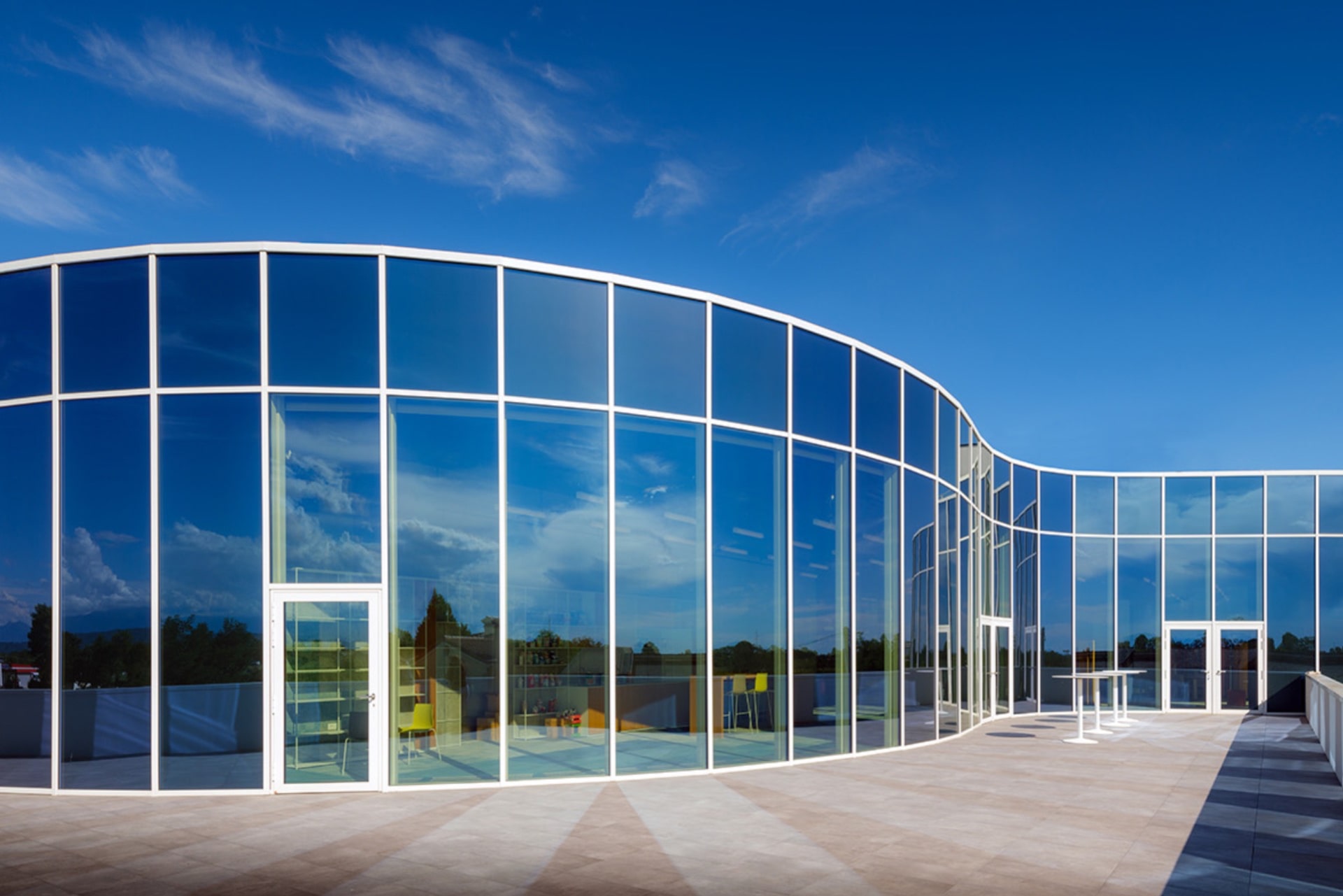

| CANVAS OF PLANS & DRAWINGS |
INTERIOR & DÉCOR, but with a twist |
| HOTELS & RESTAURANTS, beyond mainstream |
Notes on ART |
| Into big AFFAIRS | INSIDERS |
| GLIMPSES | |
Keywords:





No less importantly, Galdi Village has been entirely designed according to energy and environmental efficiency criteria of the LEED protocol, namely the worldwide standard developed in the USA in 1998 by the U.S. Green Building Council (USGBC) that defines the most stringent requirements for eco-friendly construction. Indeed, the interior has been designed to ensure the best conditions in terms of air quality, with the provision of specific air treatment units. The low-solar factor glazed windows ensure maximum comfort, while the LED lighting fixtures are also regulated through natural light sensors to minimize light pollution. The plants housed in the garden are of low water consumption and the equipment of which it is provided are of reduced water flow. The building has also been awarded the LEED v4 BD+C: New Construction with Gold level, notoriously among the most prestigious certifications. In the final analysis, the project by Roberto Nicoletti Architecture and Design studio can be described as a harmonious synthesis between workspace, wellness and nature.